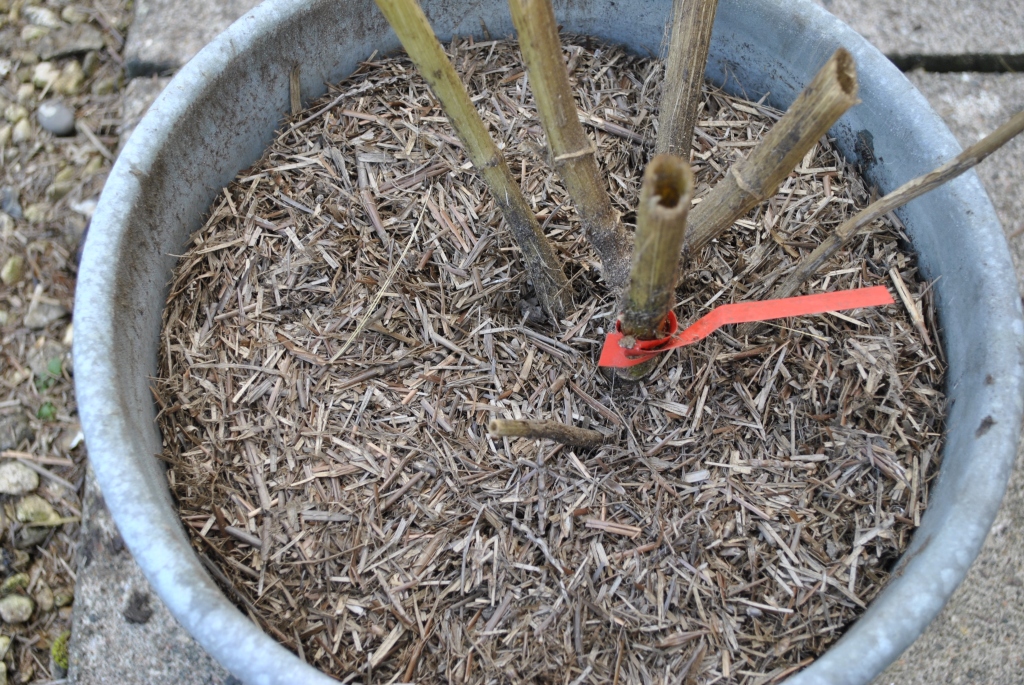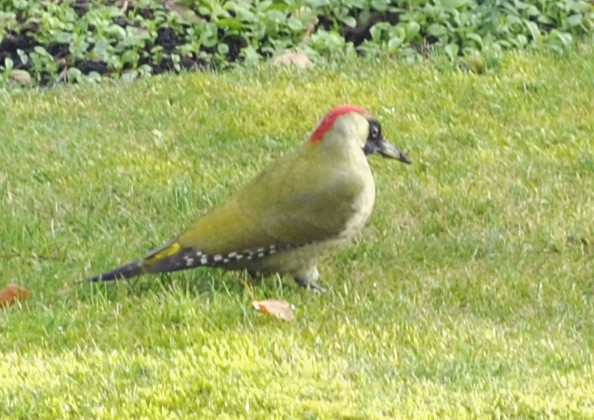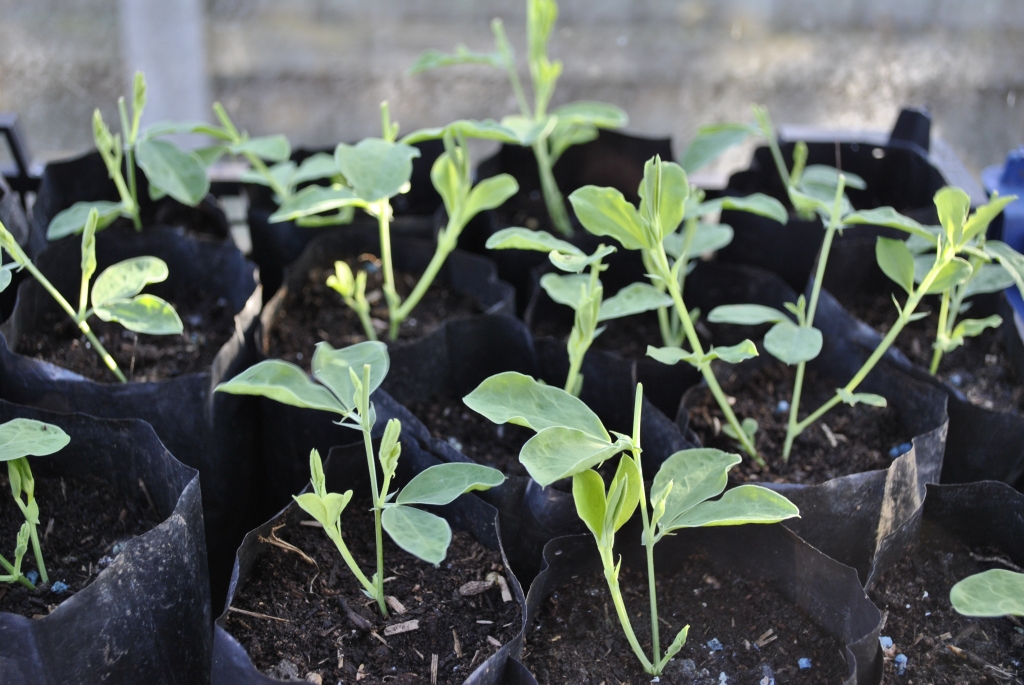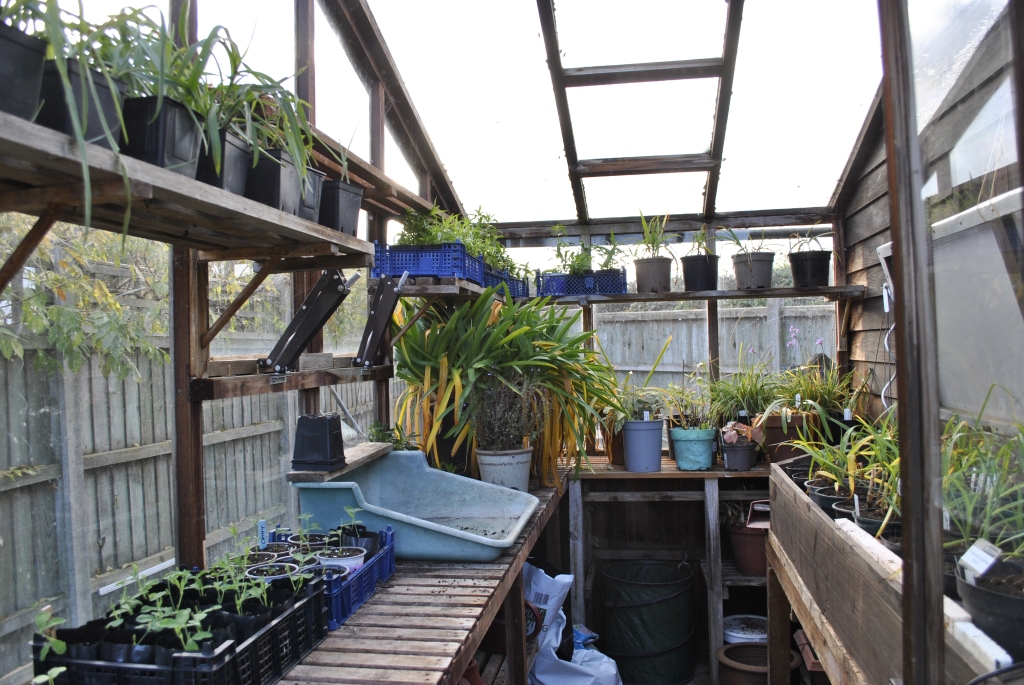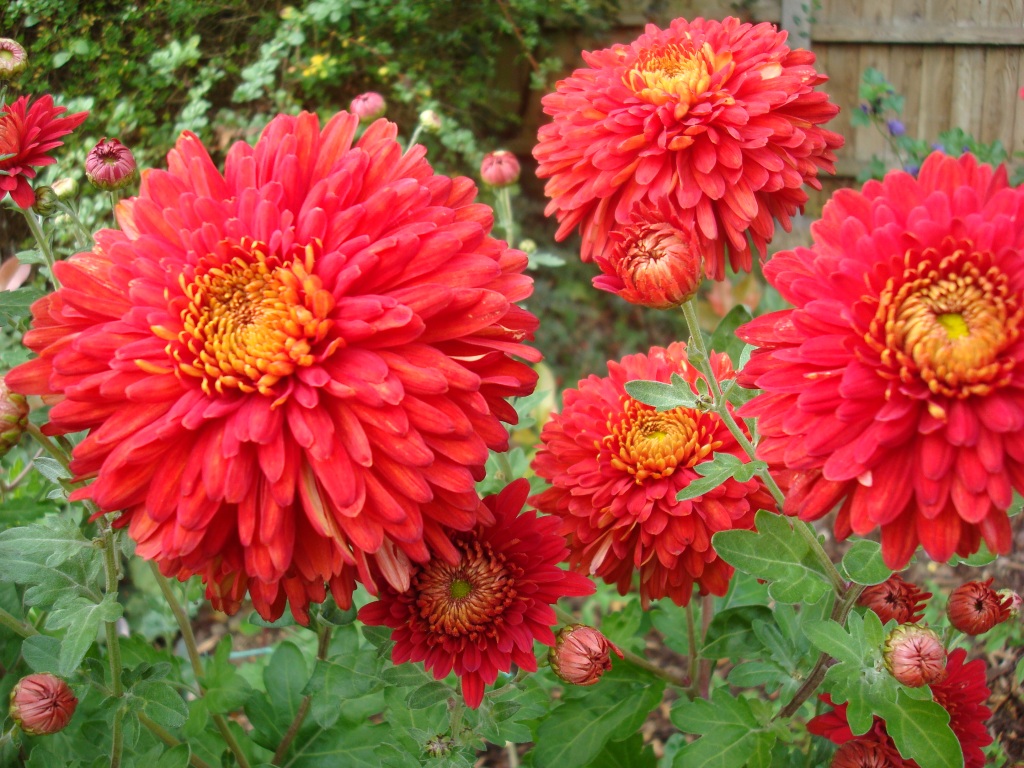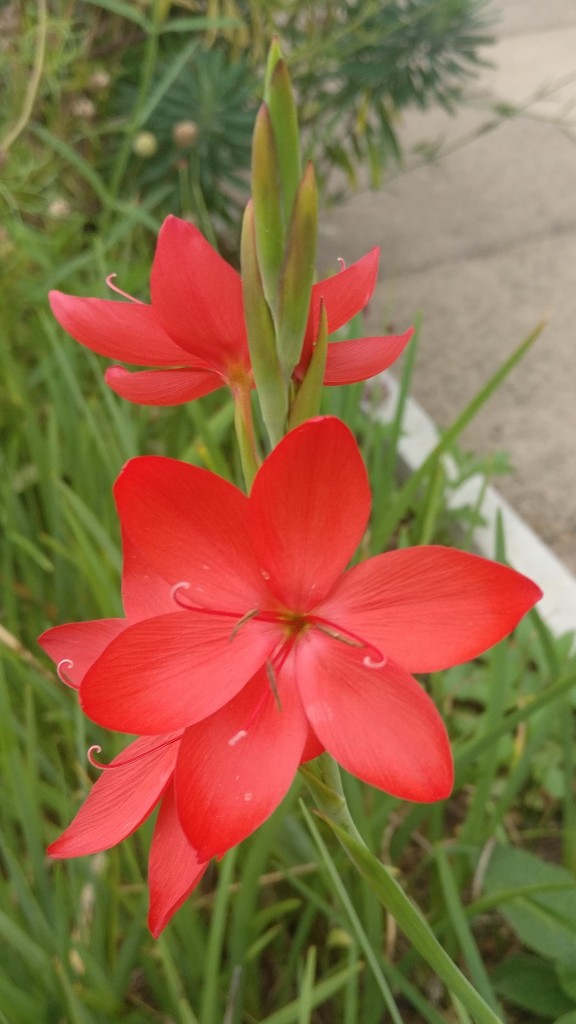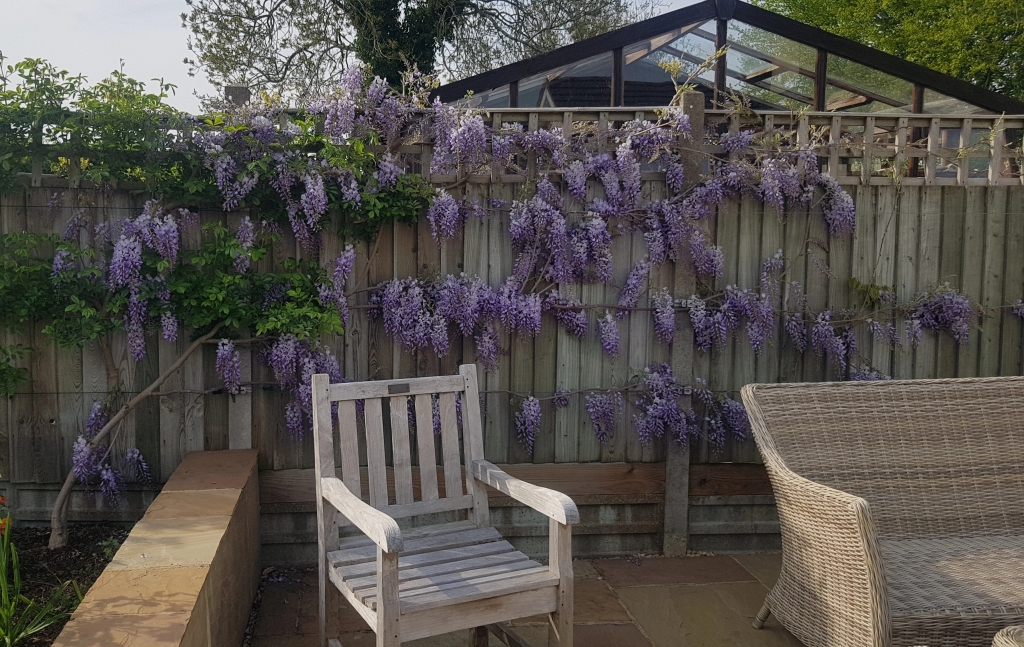
I went to upload new pictures into my WordPress media library this morning, to find I had reached the 6gb limit and have to upgrade my plan to be able to continue with my blog! That is going to be expensive and I have to judge whether it’s worth it. The alternative is to free up space by deleting dozens of photos in my media library, but if I do that the pics will disappear from the past posts in which they featured. Sneaky! So I have no choice but to select Six photos from this time last year while I decide what to do. If anyone has any bright ideas or hacks to increase my media library, do please get in touch asap.
Meanwhile, the Wisteria sinensis ‘Prolific’ is now in full flower and looks exactly like this pic from this time last year. The scent is overpowering and I am grateful to Mother Nature for keeping the late frosts away so I can enjoy the wonderful flowers and fragrance.

The Iberis sempervirens or Perennial Candytuft, is shining brightly in the sunshine and billowing over the low wall and down the steps as intended. This makes a pleasant change as most of my plants turn out to have different ideas to what was intended!

The hybrid bluebells are back! I thought I had managed to remove all the bulbs last year but obviously not. They are growing in the gravel margin up against the wall of the bungalow so there is no soil at all. I removed the gravel, sifted through and removed dozens of bulbs, but just as many have returned!
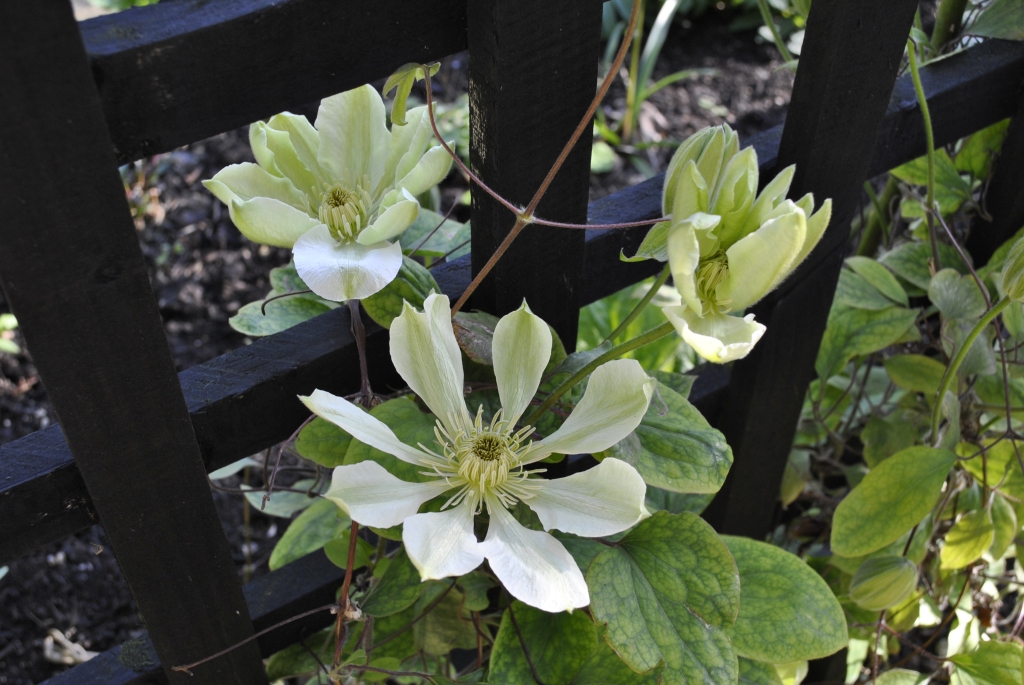
Clematis ‘Guernsey Cream’, a Group 2 variety, is now flowering with it’s unusually separated flower petals like a cartwheel. I find it a rather weak grower and nowhere near as abundant or vigorous as the Group 1 types I have, ‘Wisley Cream’ and C. cirrhosa ‘Freckles’, but it provides some colour in a dark corner while I am waiting for the roses to bloom.
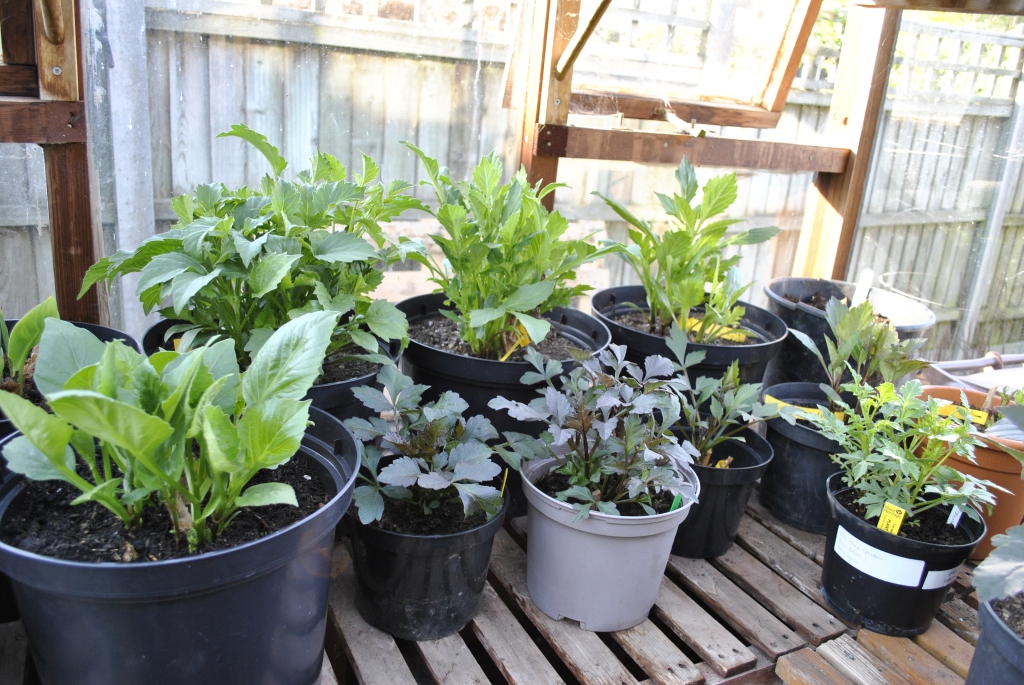
I am pleased to say that all my dahlias survived their winter hibernation in the shed and are now romping away. The tubers were stored in Strulch, a lightweight, dry, mineralised straw which I use to dress the Tradescantia beds in the Spring, and it seems to have been an ideal product for the purpose. Now potted up again in JI No.3, watered and snuggled up in the greenhouse until mid-May when they will be put in the ground. I nip out the tops at this stage to keep them shorter and bushier. It holds the flowers back slightly but there are more of them eventually.
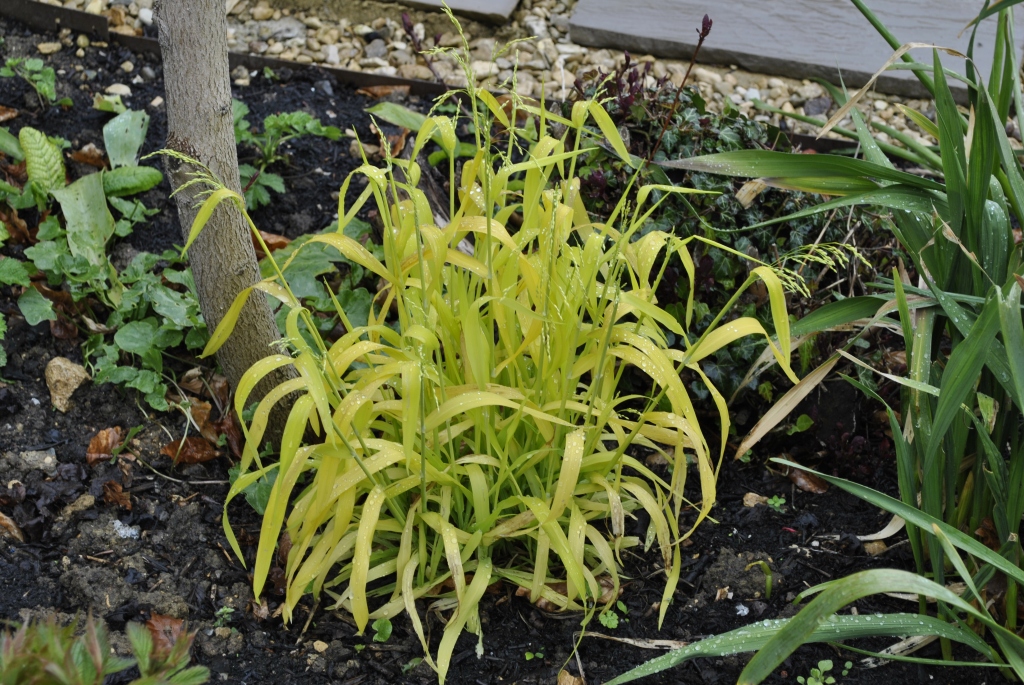
Finally, a warning about this grass, Milium effusum ‘Aureum’ or Bowles’s Golden Grass, which I first saw at one of the many NGS garden openings we have in Gloucestershire in May & June. The owner said it brightened up dark corners and “gently spread around”. On that basis, I purchased a small pot and placed it in a dark corner, from where it has decided to “gently spread” to every corner, crack and crevice in the garden! It is rather beautiful, and does brighten up dark corners but it also seeds like crazy, You have been warned!
I apologise that these are not photos from my garden this week as is the SoS protocol, but I am hoping normal service will be resumed next week. There is a lot of gardening photography coming up! If any of my followers are WordPress experts and can offer any advice on my current dilemma, I would be grateful to hear for them please.
Have a great weekend
David


